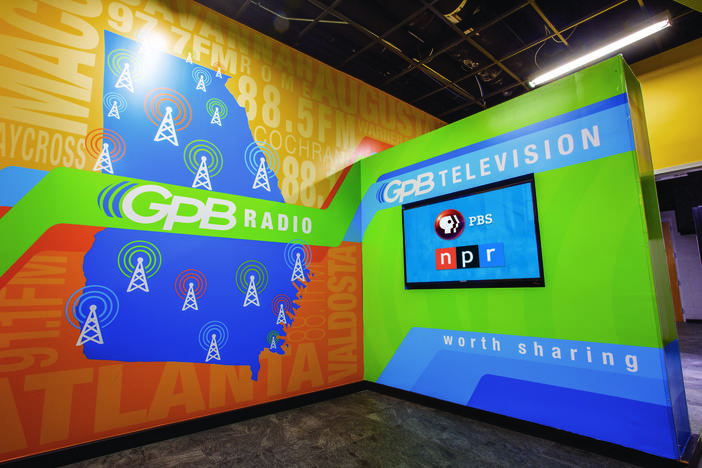
Section Branding
Header Content
ATL ACCESS Map: A Key Resource For Advancing Early Learning
Primary Content

GEEARS: Georgia Early Education Alliance for Ready Students, Learn4Life, Metro Atlanta Chamber, and Reinvestment Fund announced the launch of ATL ACCESS Map, a new tool to explore the early learning landscape in Metro Atlanta. ATL ACCESS (Atlanta Child Care and Early Learning Supply Status) Map models the supply, demand, and gaps related to child care in the region. It identifies places where care is most scarce, and where investments are most needed.

Neighborhoods across the five-county metro region, which includes Fulton, DeKalb, Clayton, Cobb, and Gwinnett, have a shortage of early care and education services. Data estimates that there are as many as 262,000 children under five in the metro region who need access to care. However, an estimated nearly 3,000 providers in the region represent an approximate total capacity of 173,000. About one third of the estimated existing demand is unmet. This is higher compared to other cities such as Philadelphia, PA and Newark, NJ, where unmet demand is at roughly 20 percent.
“We are excited to launch this new, interactive resource that joins the GEEARS Readiness Radar, our suite of data and mapping tools,” said GEEARS Executive Director Mindy Binderman. “ATL ACCESS Map allows organizations, policymakers, school systems, and regional planners to better understand what areas of the Metro Atlanta region have the greatest need for quality child care. As we worked with partners and funders to develop this tool, we kept in mind how important access to quality early learning is – not just for our youngest learners and their families, but ultimately for the success of the Metro Atlanta region as a whole.”
ATL ACCESS Map is based on analysis conducted by Reinvestment Fund to create a comprehensive information resource on the availability of child care and early learning as well as the accessibility of care for families with low incomes in the five-county Metro Atlanta region.
“Given the enormous benefits of early learning experiences, including improved outcomes and school readiness for young children, an information resource like ATL ACCESS Map is critical to developing targeted solutions aimed at expanding services,” said Don Hinkle-Brown, President and CEO of Reinvestment Fund. “A tool like this benefits all of us who are working to address early learning gaps in this region.”
Until now, there hasn’t been a single data source that provides a clear picture of child care supply in Metro Atlanta. To develop a strong analysis of the gaps, Reinvestment Fund created a methodology that combines data from several different databases to best approximate supply, and then models demand based on patterns of work and residence. Gaps are understood generally to be the difference between existing child care and demand for it. The effort was supported by a grant from the Richard W. Goldman Family Foundation & JPMorgan Chase Foundation.
The data also revealed that approximately 80,000 families live in high-poverty areas that also have higher-than-average shortages, which means there are significant gaps in the availability of services to low-income children across the region. Many high-gap areas with a large minority population also have elevated levels of poverty:
Nearly 60 percent of areas with high gaps and concentration of African American populations have family poverty rates of at least 20 percent.
About two-thirds of high-gap areas with a population that is at least 25 percent Hispanic/Latino also have elevated levels of poverty.
The analytical process included the convening of a broad stakeholder group consisting of policymakers, philanthropic organizations, advocates, practitioners, and others committed to making high-quality early learning accessible to all families. The stakeholder group reviewed the study methodology and key findings within the context of local experience.
Reinvestment Fund’s analysis is accessible through www.atlaccessmap.org, an interactive tool powered by PolicyMap, a data and mapping platform. The mapping tool offers options to look at the data by neighborhood, school catchment area, and legislative districts, layered with demographic, transportation, and economic data. Reinvestment Fund expects to update the data in the coming year to reflect changes in Quality Rated participation, which will be key to advancing high-quality early learning options in the region.
ABOUT REINVESTMENT FUND
Reinvestment Fund is a catalyst for change in low-income communities. We integrate data, policy and strategic investments to improve the quality of life in low-income neighborhoods. Using analytical and financial tools, we bring high-quality grocery stores, affordable housing, schools and health centers to the communities that need better access—creating anchors that attract investment over the long term and help families lead healthier, more productive lives. Learn more at reinvestment.com.






